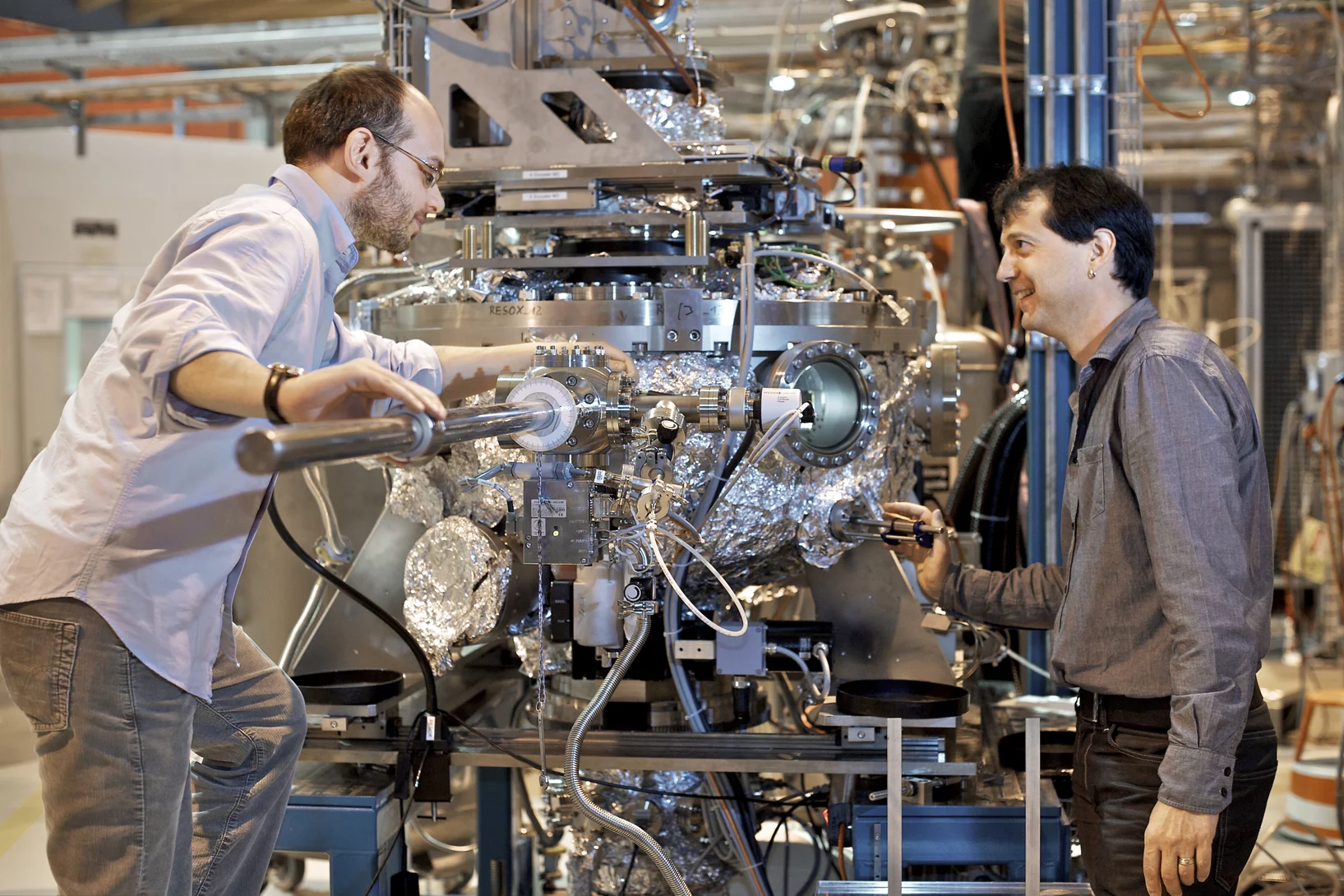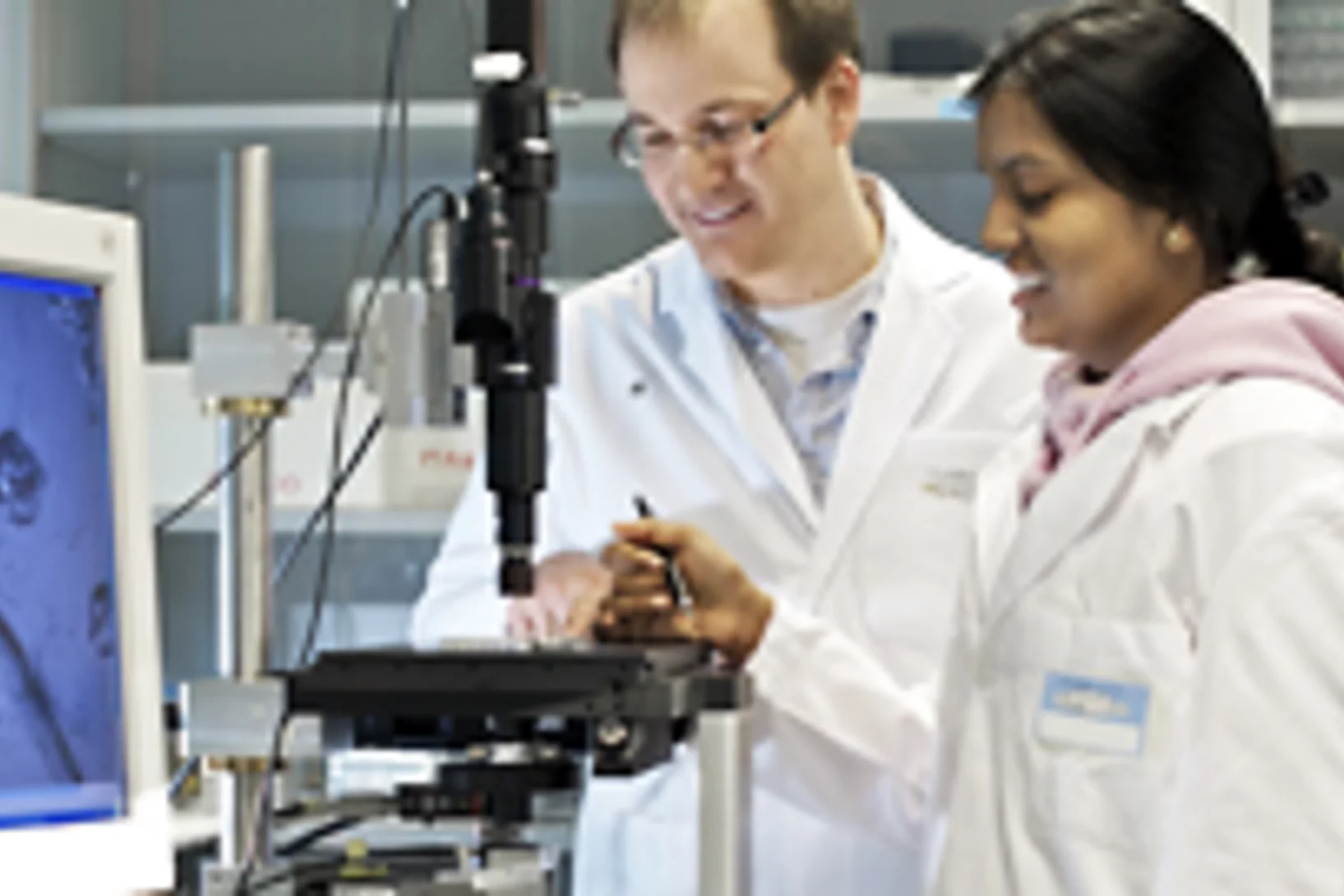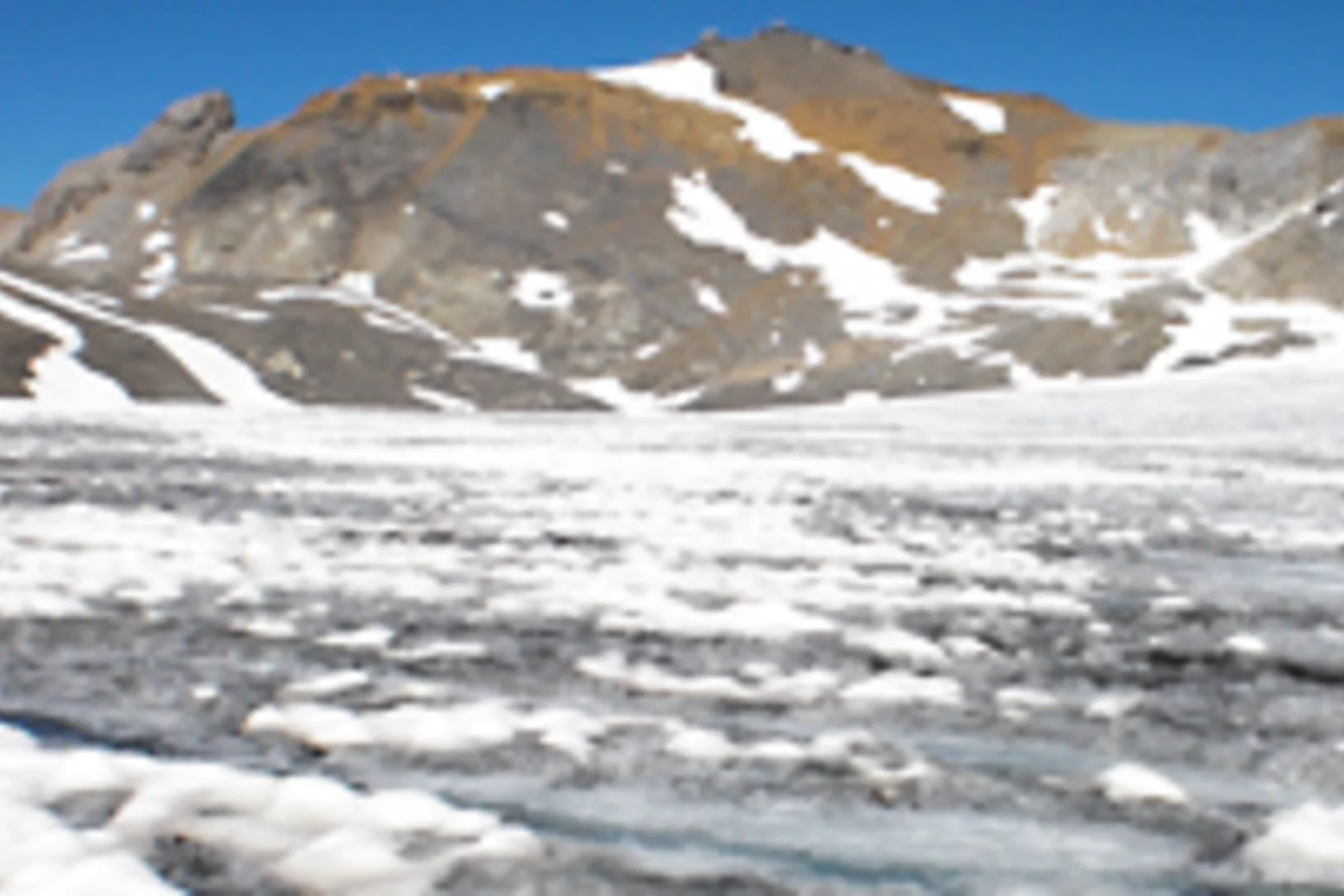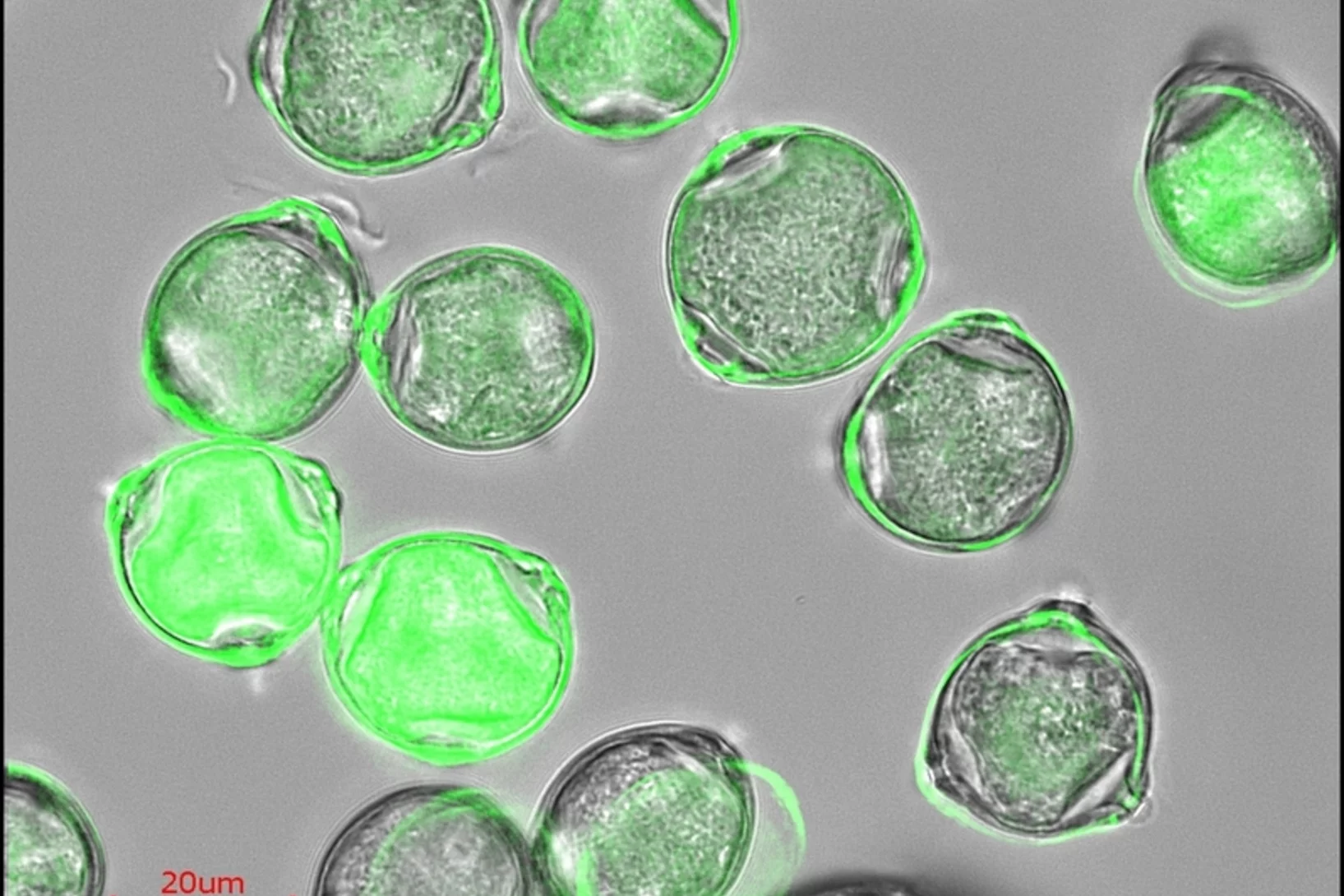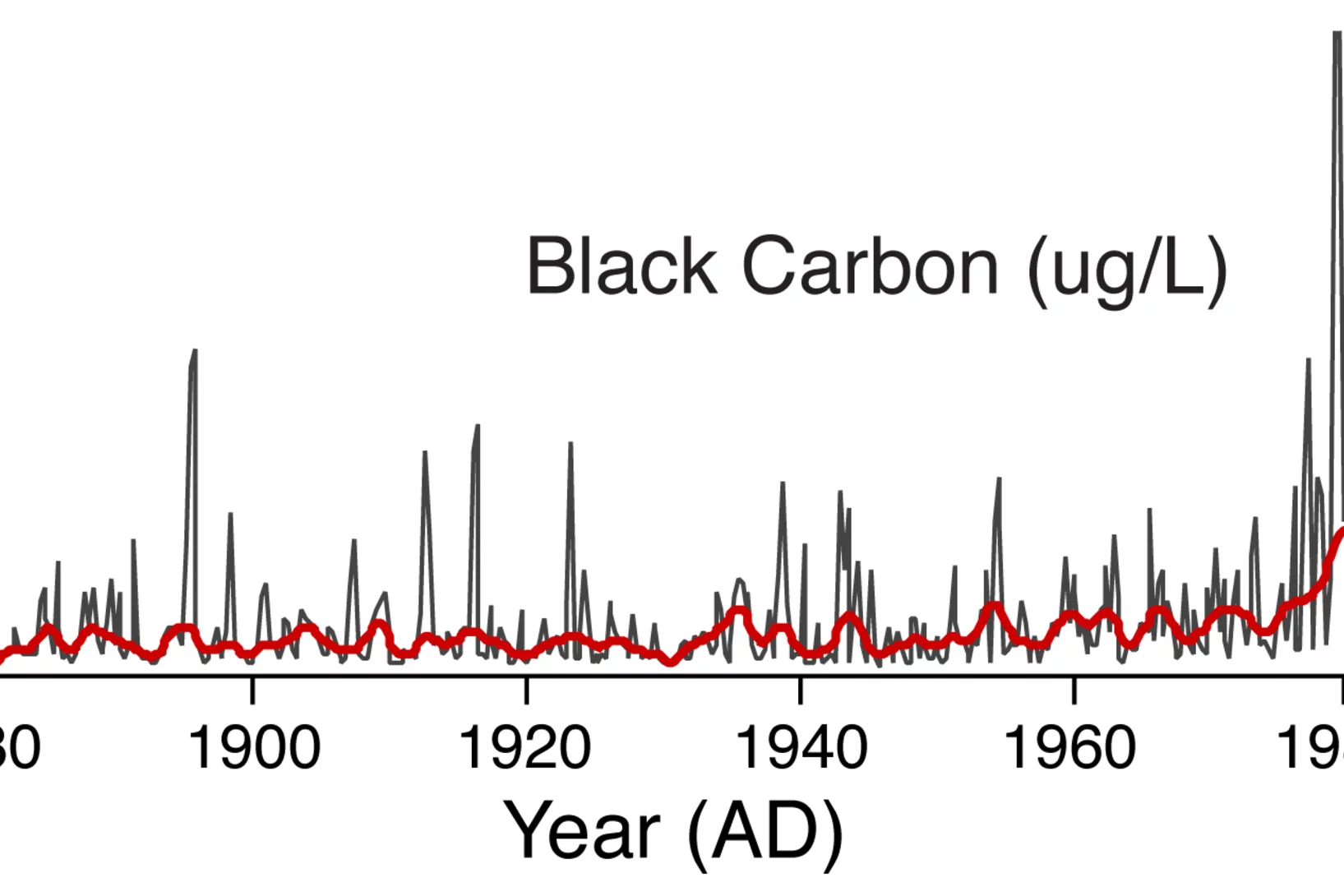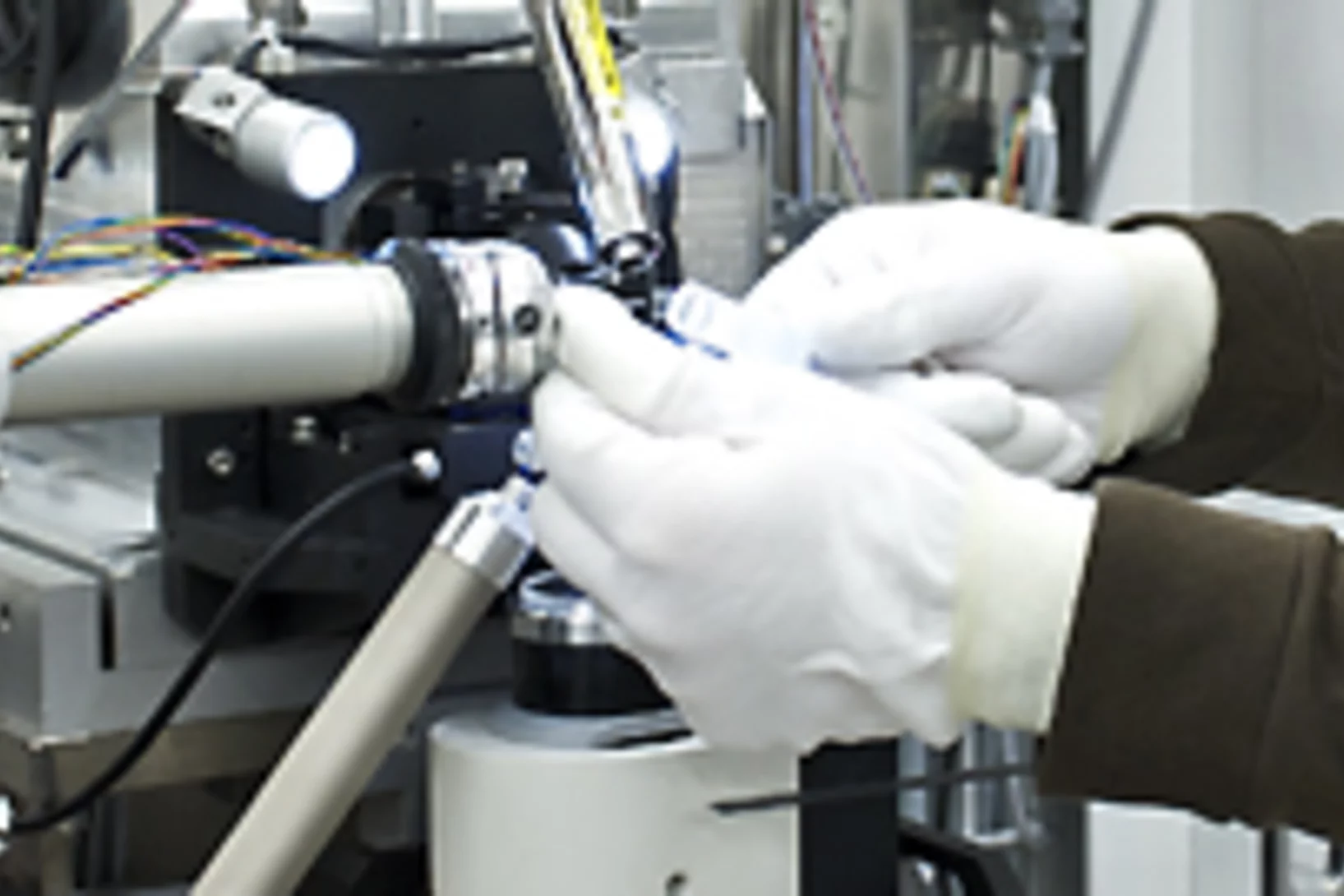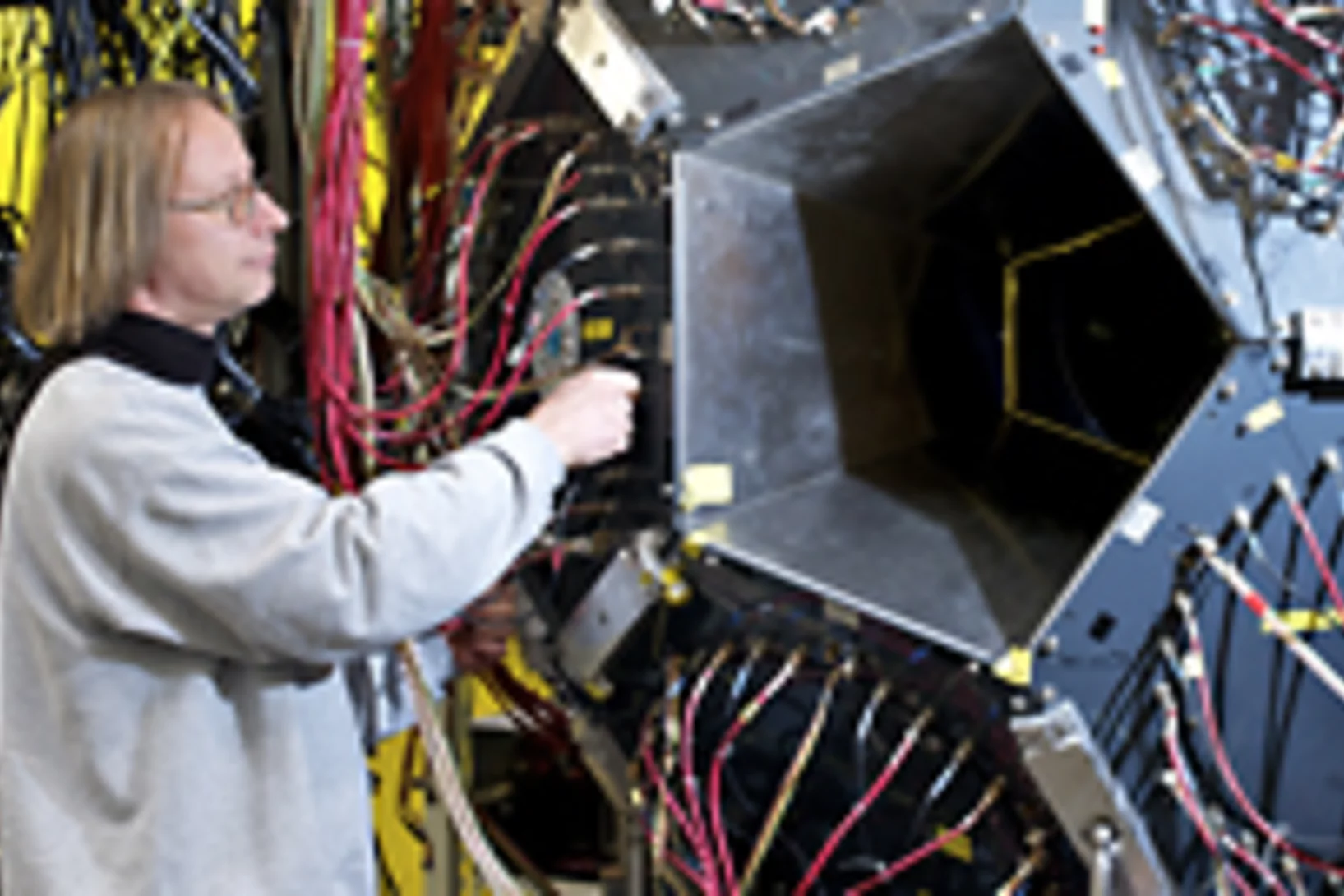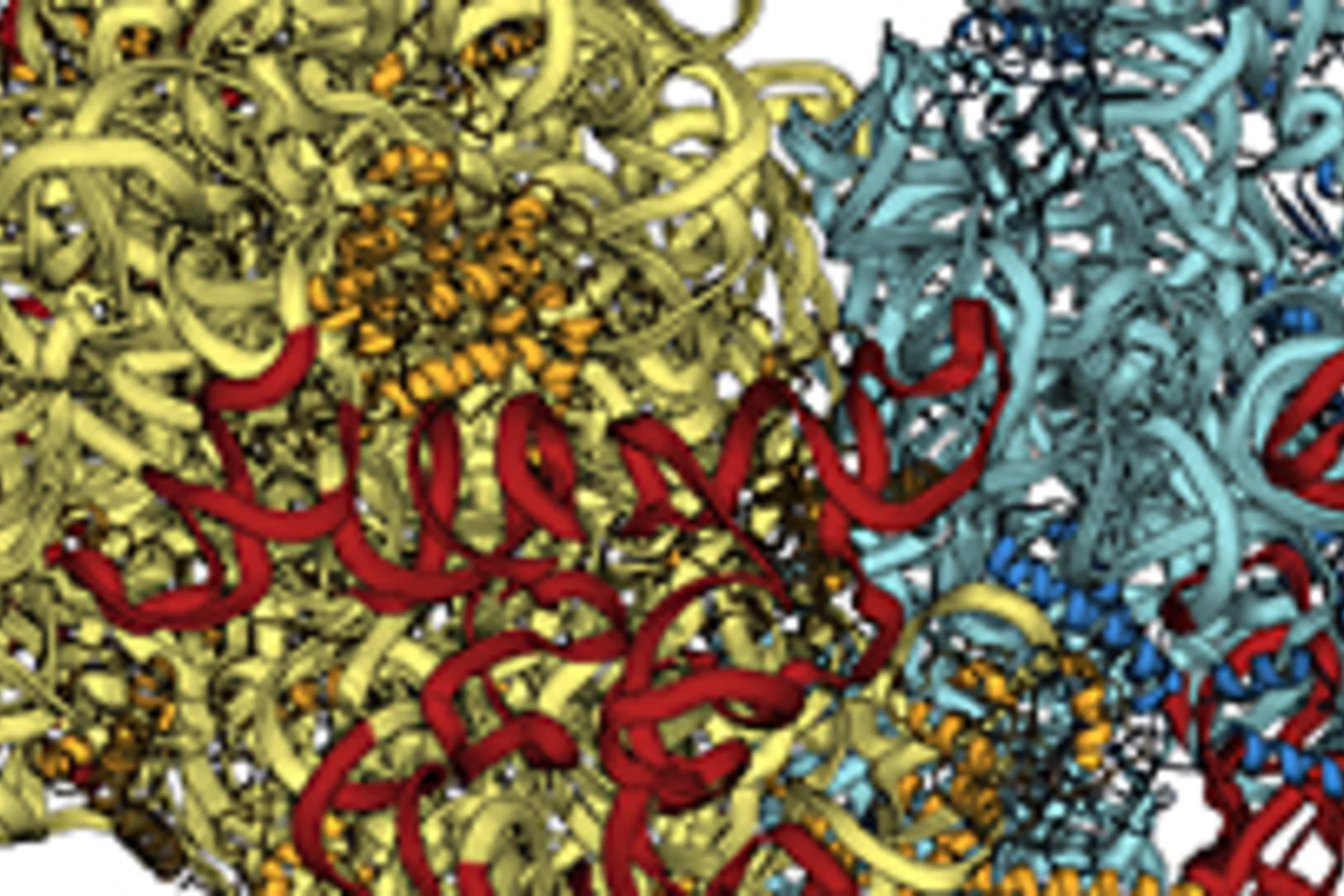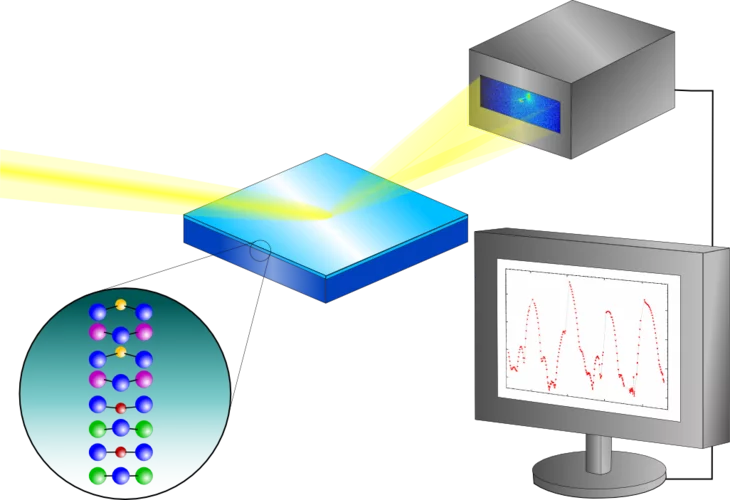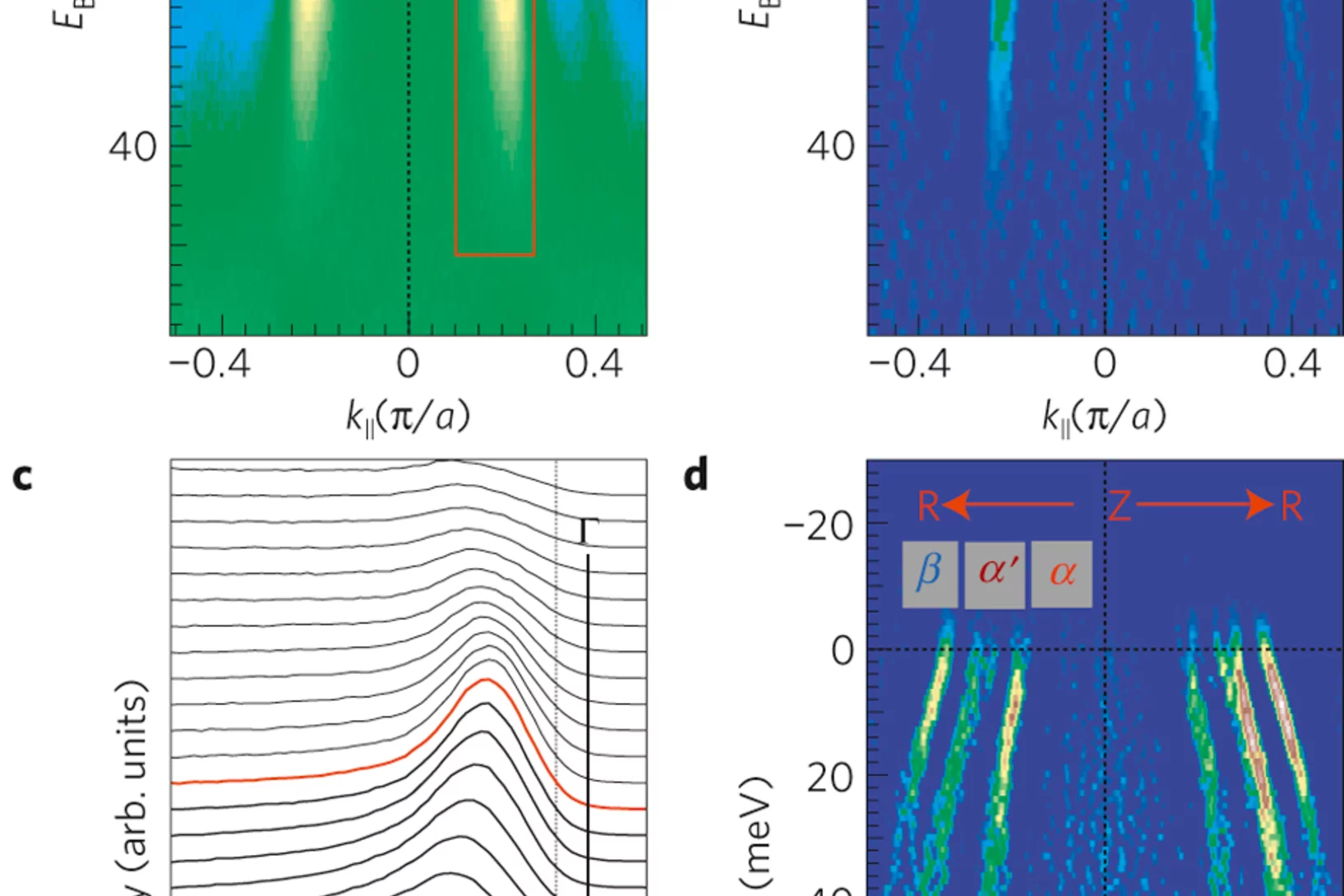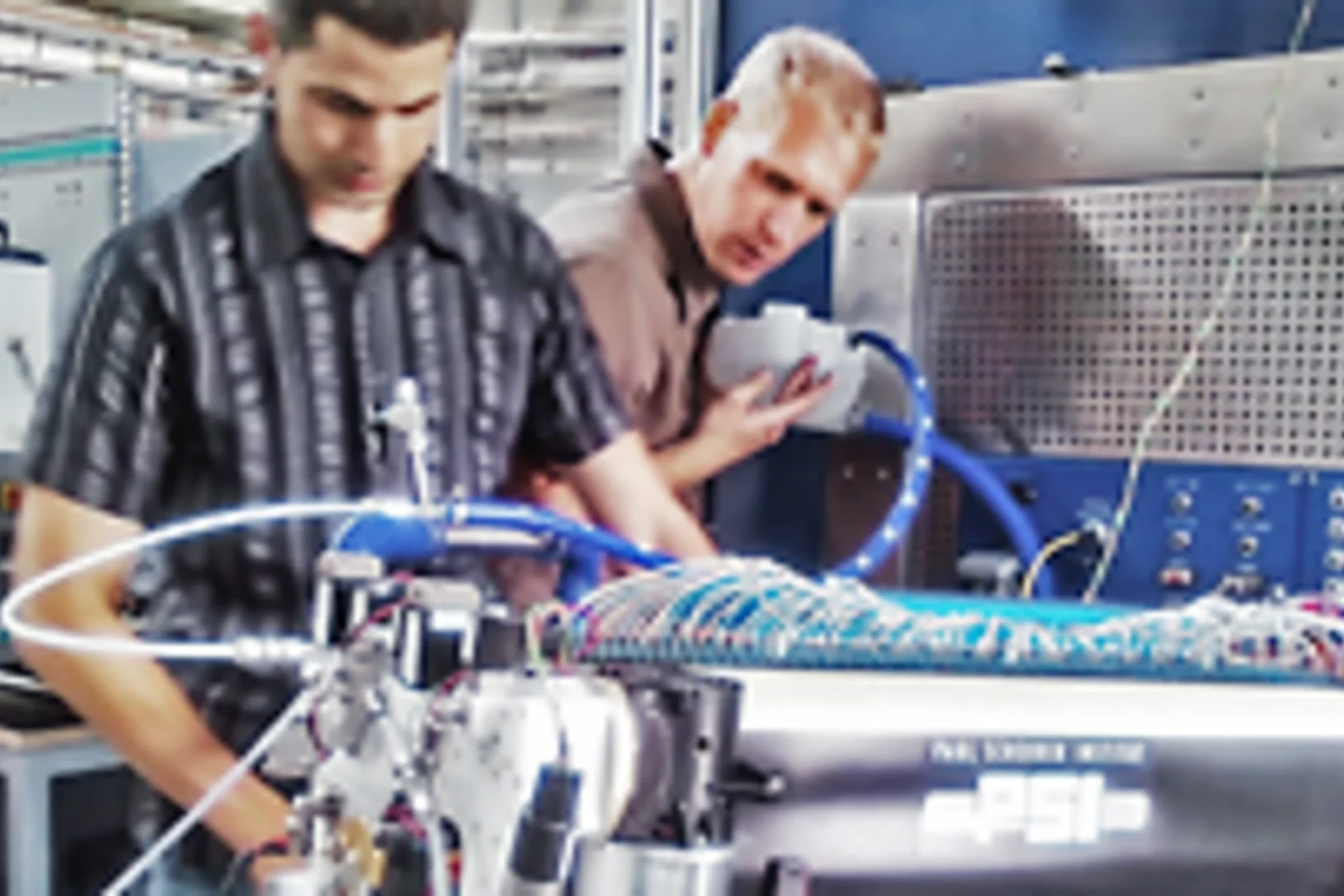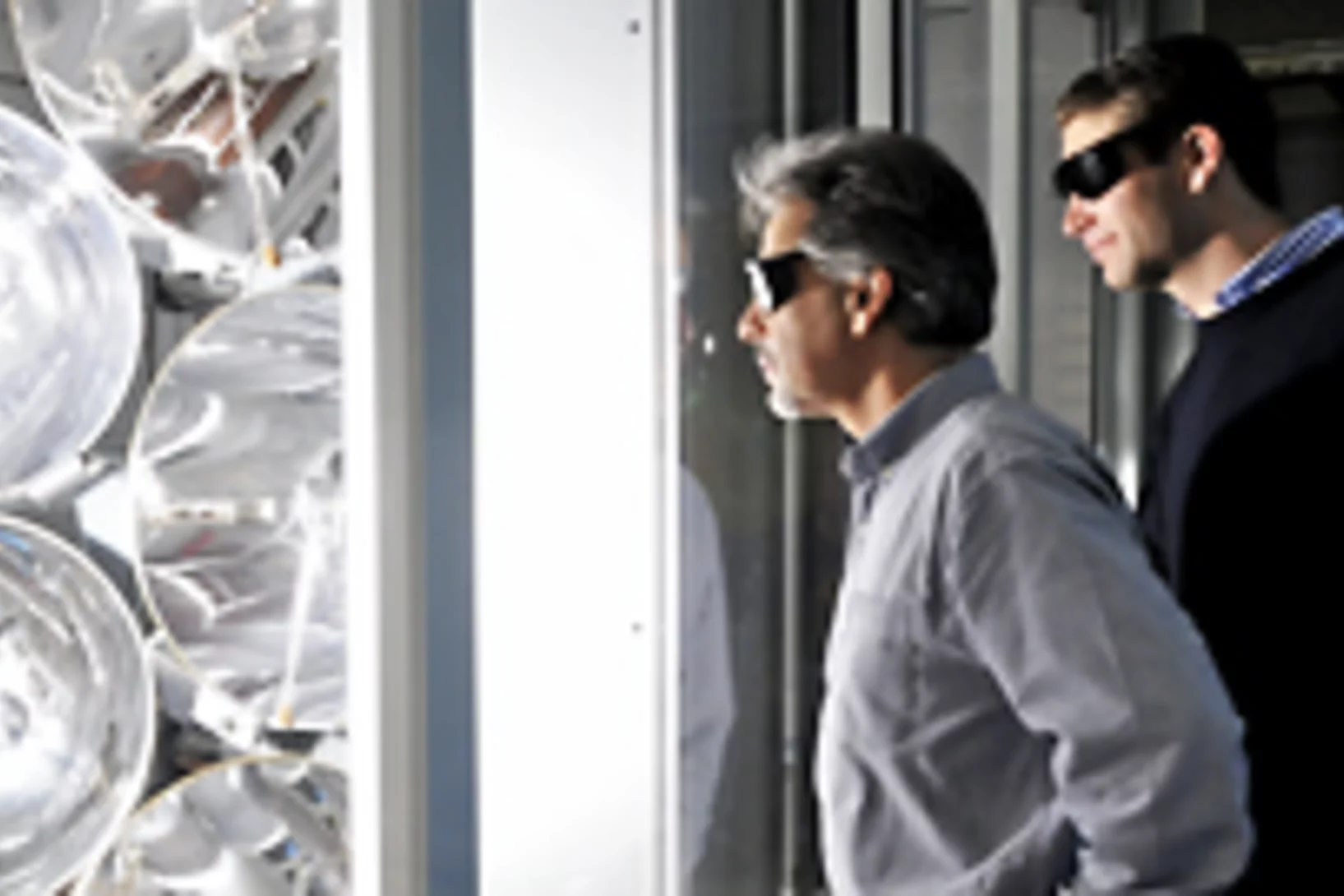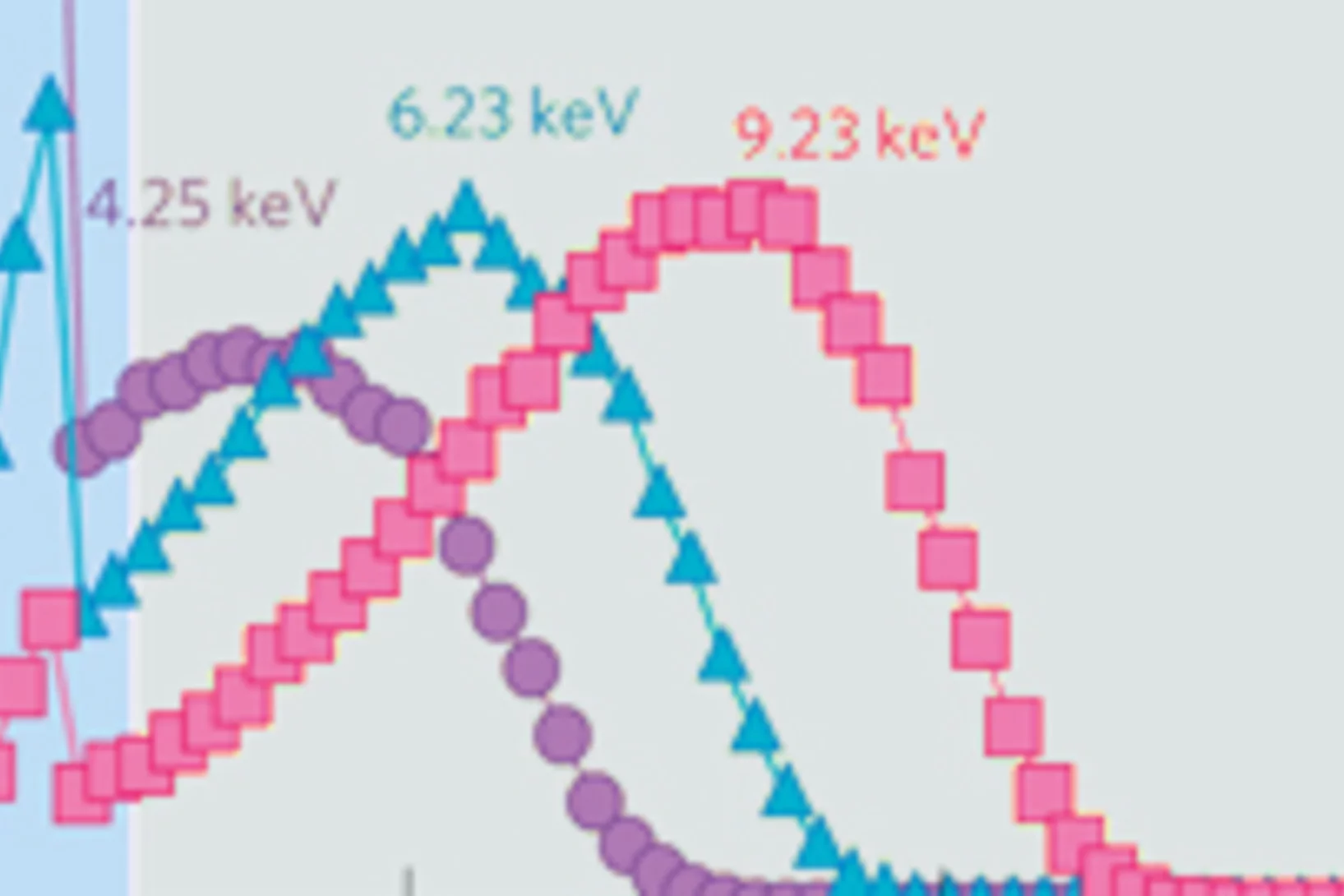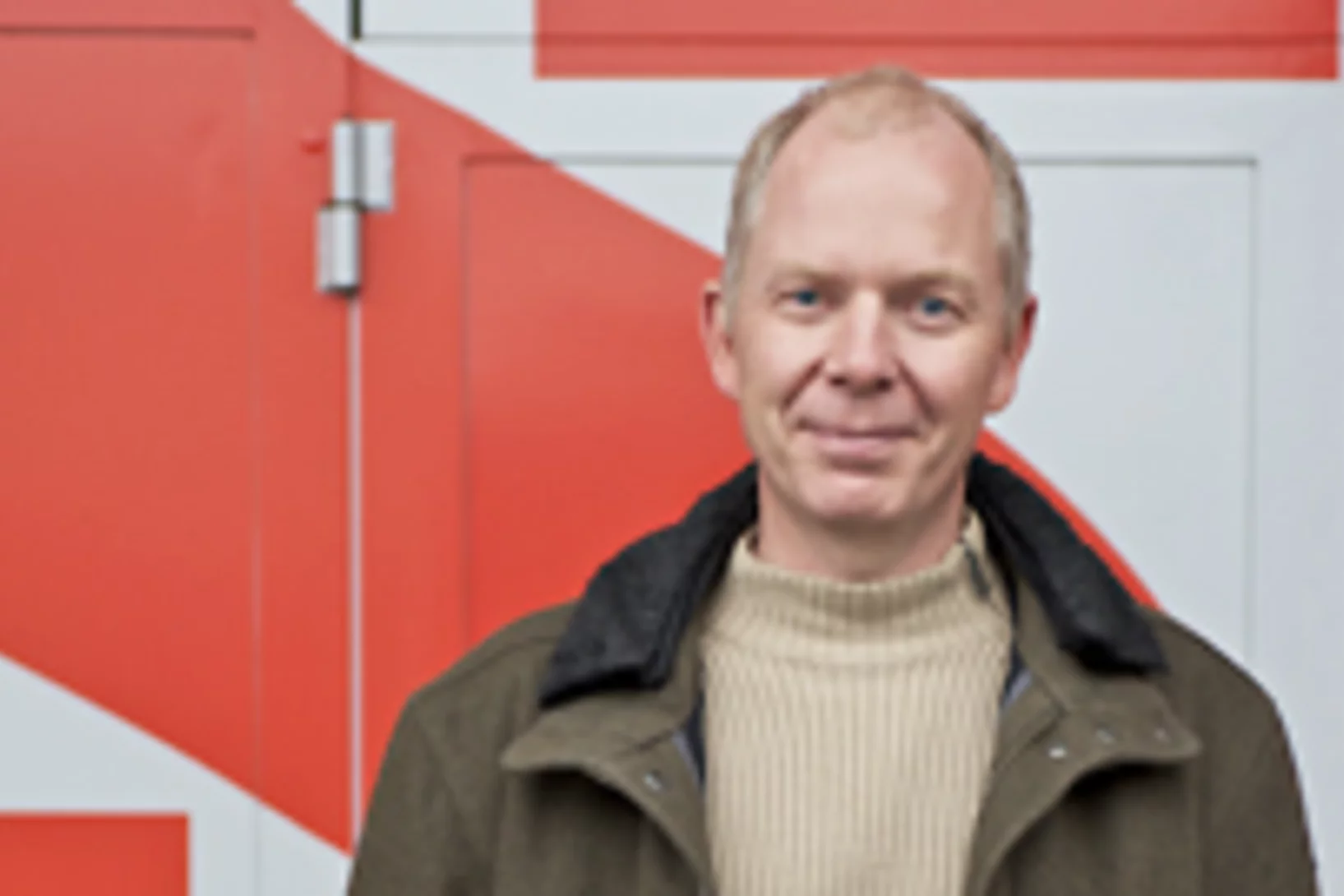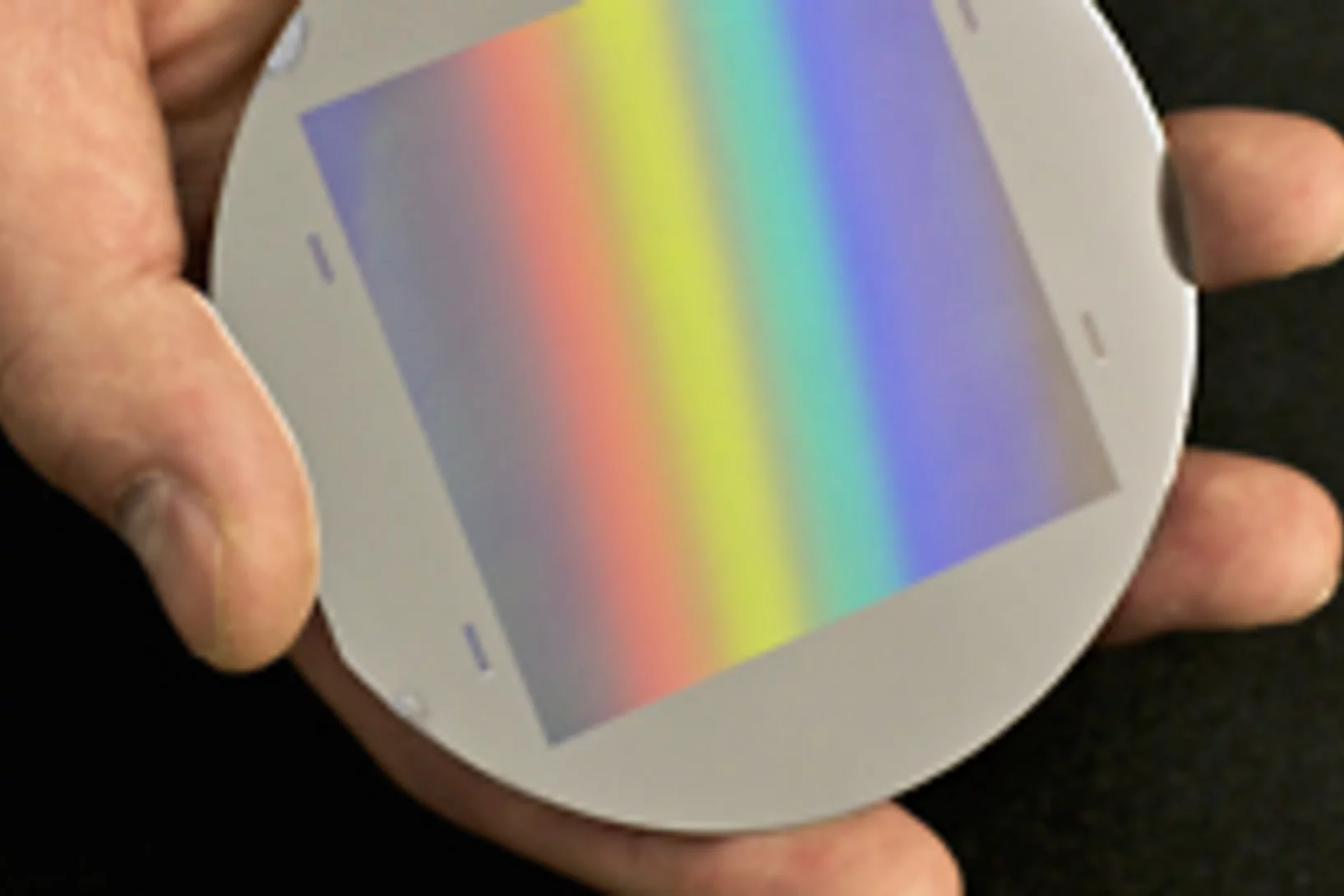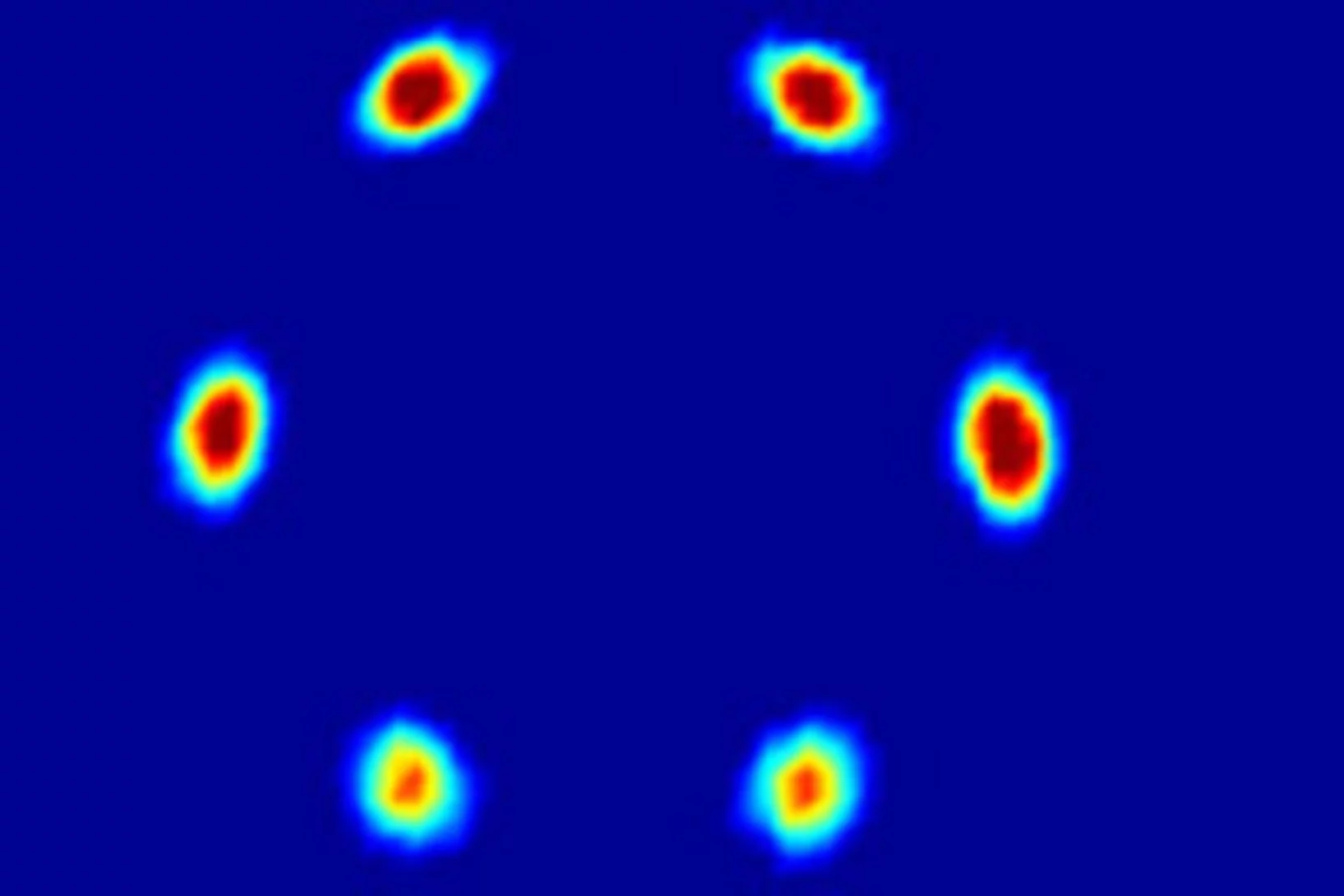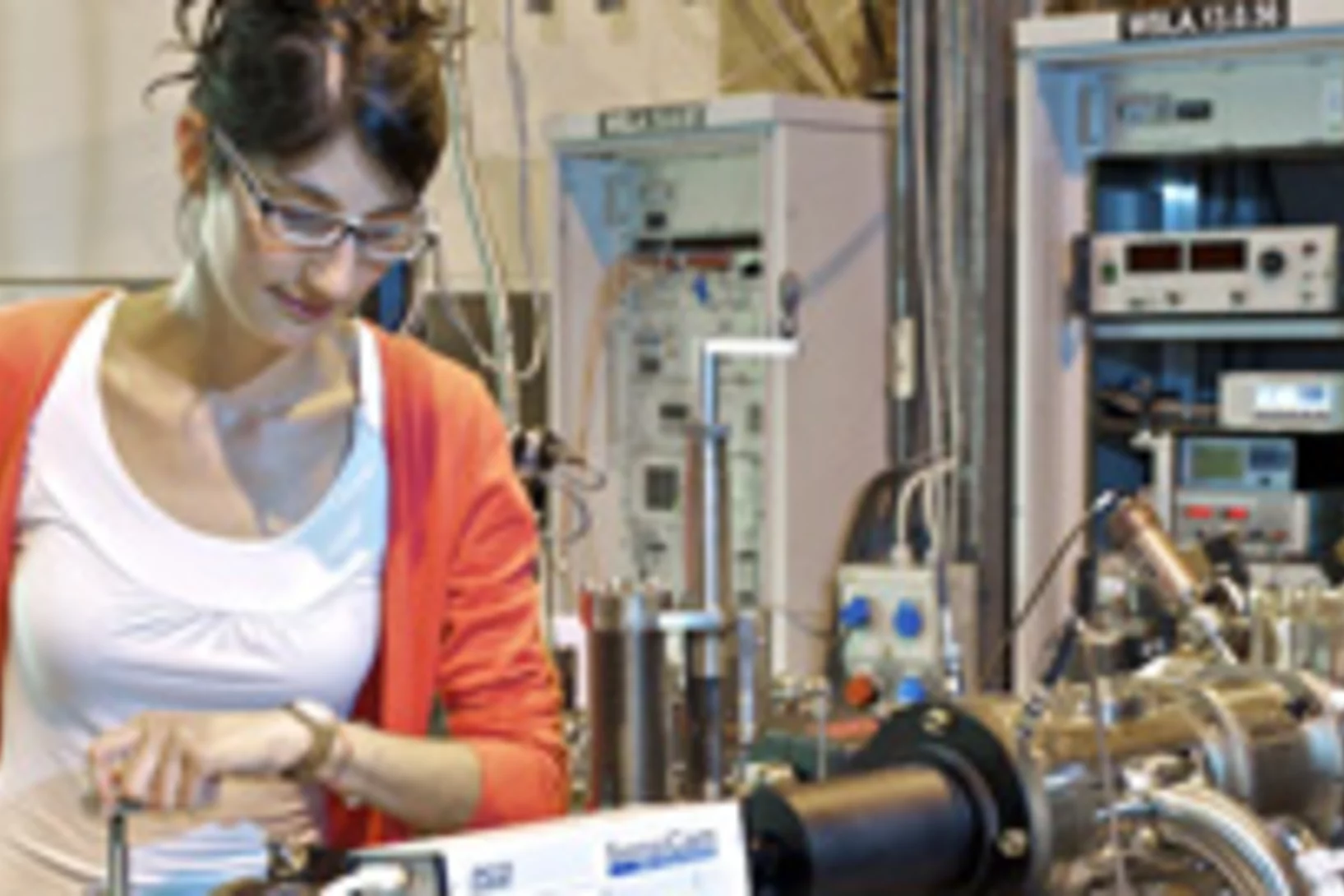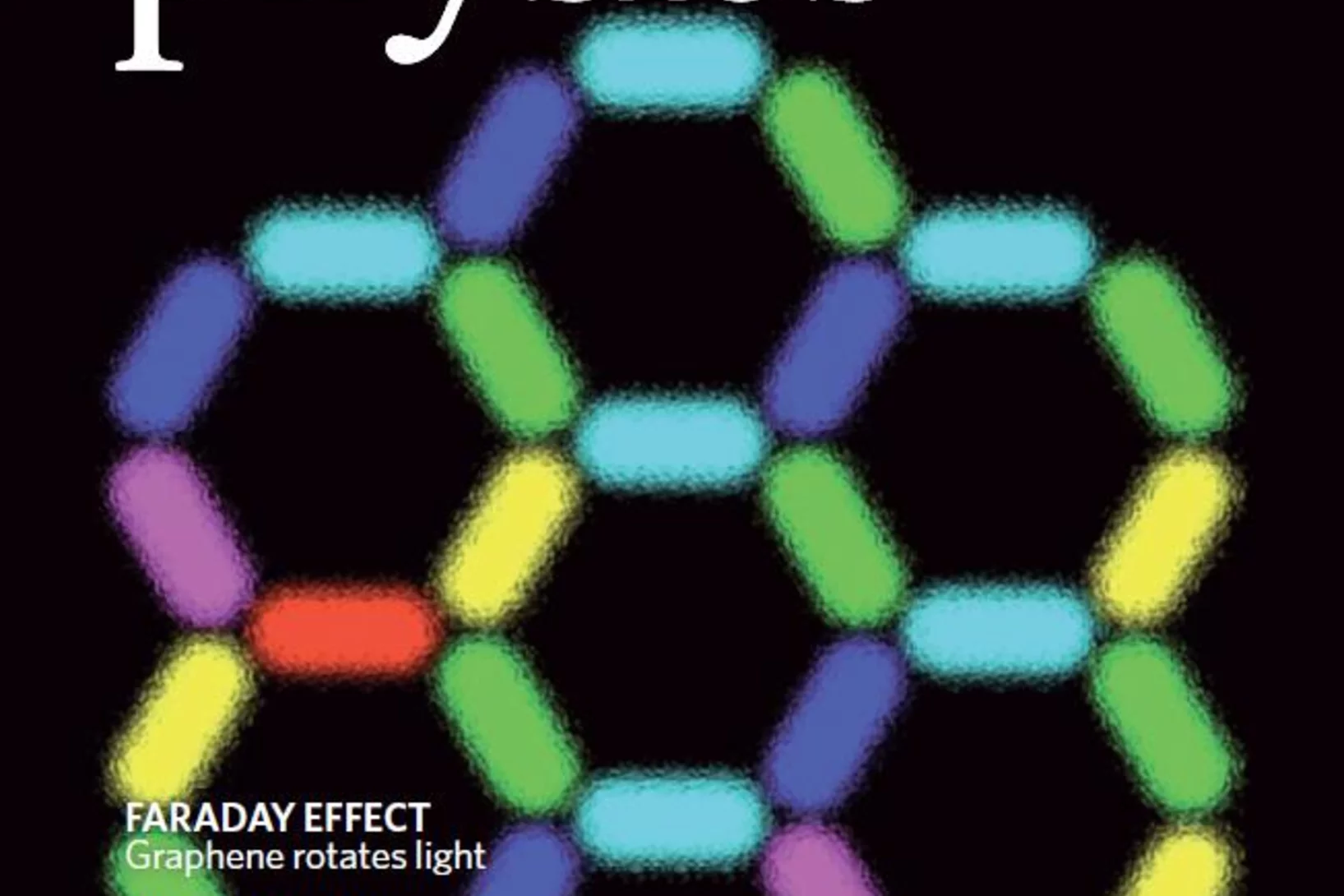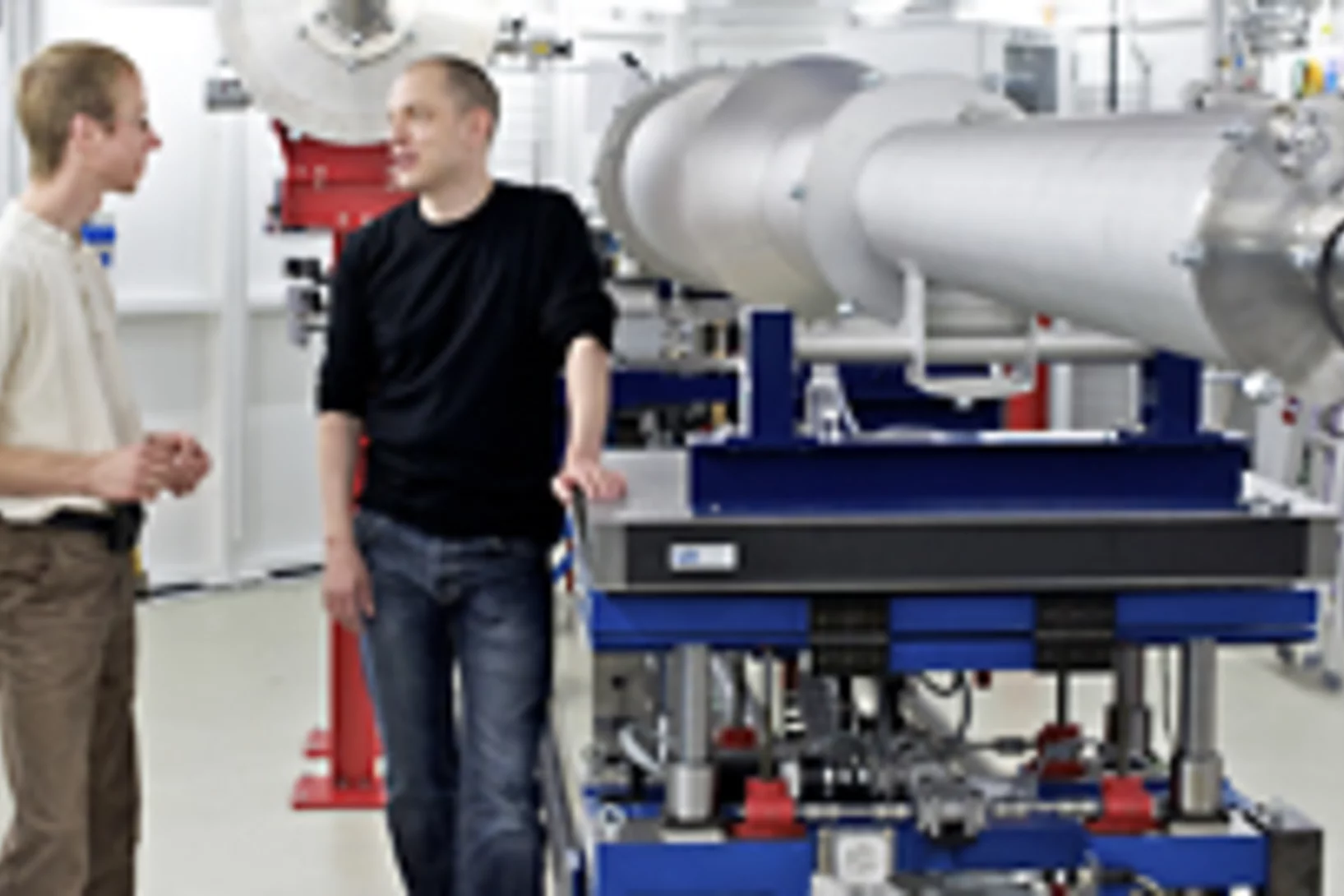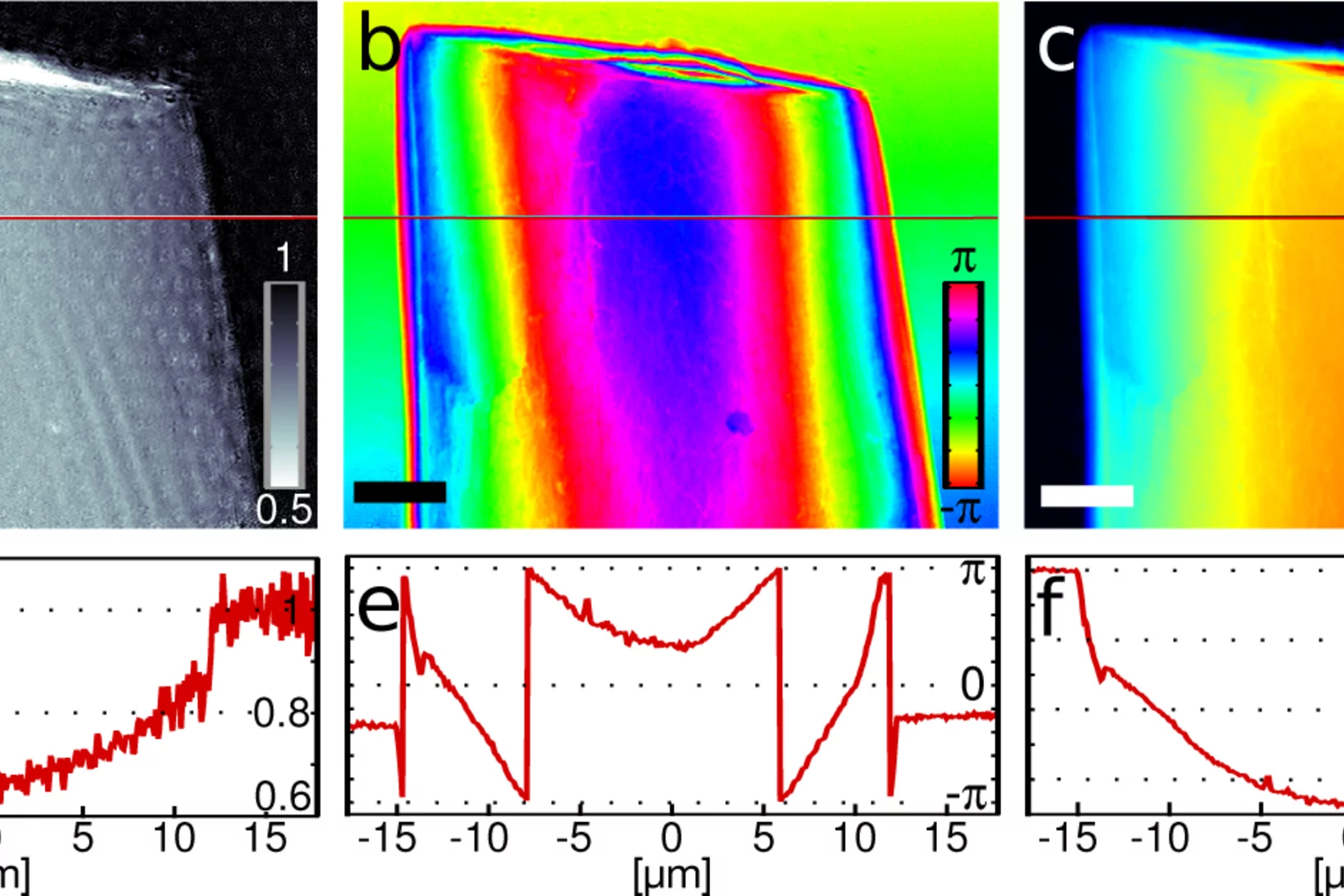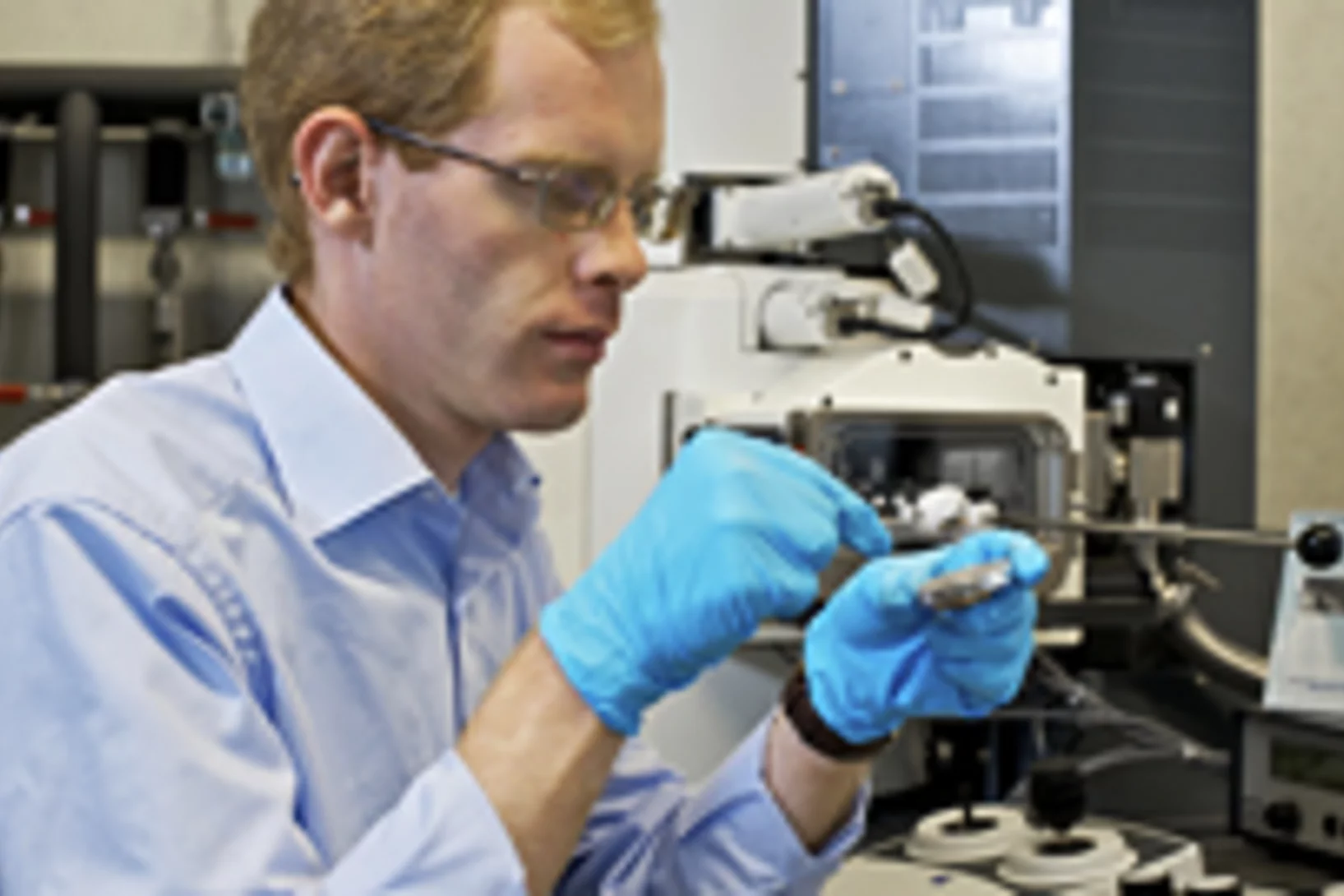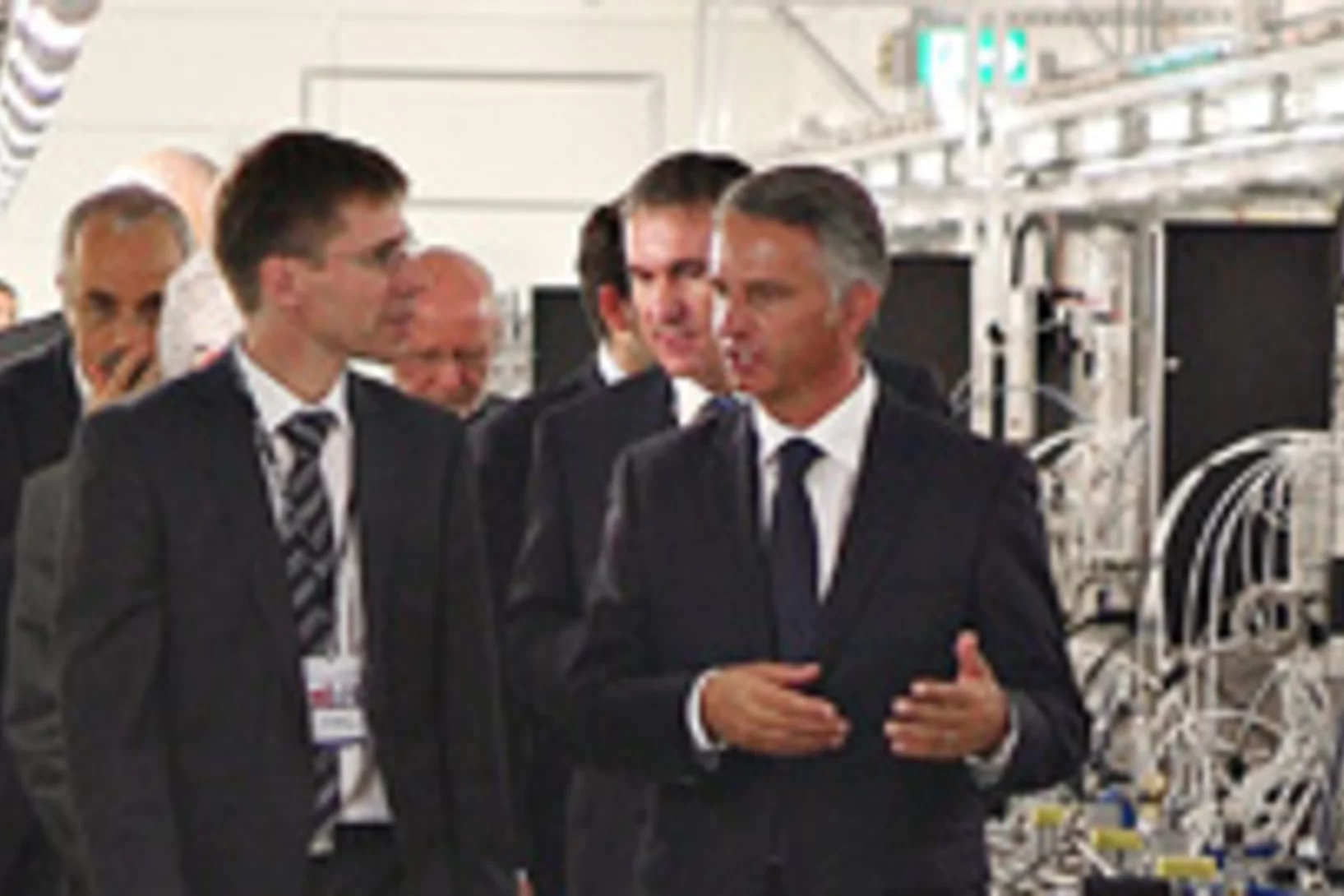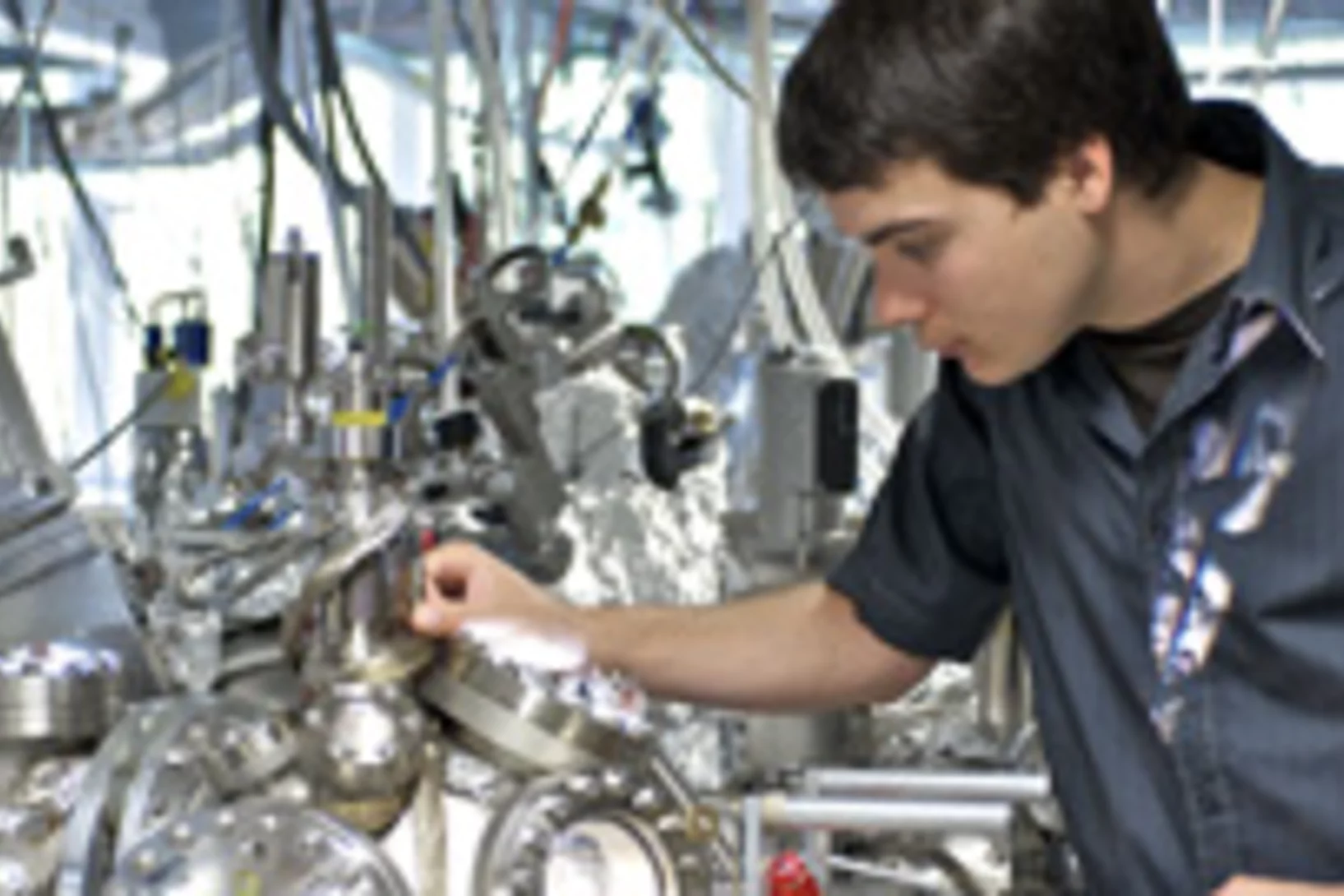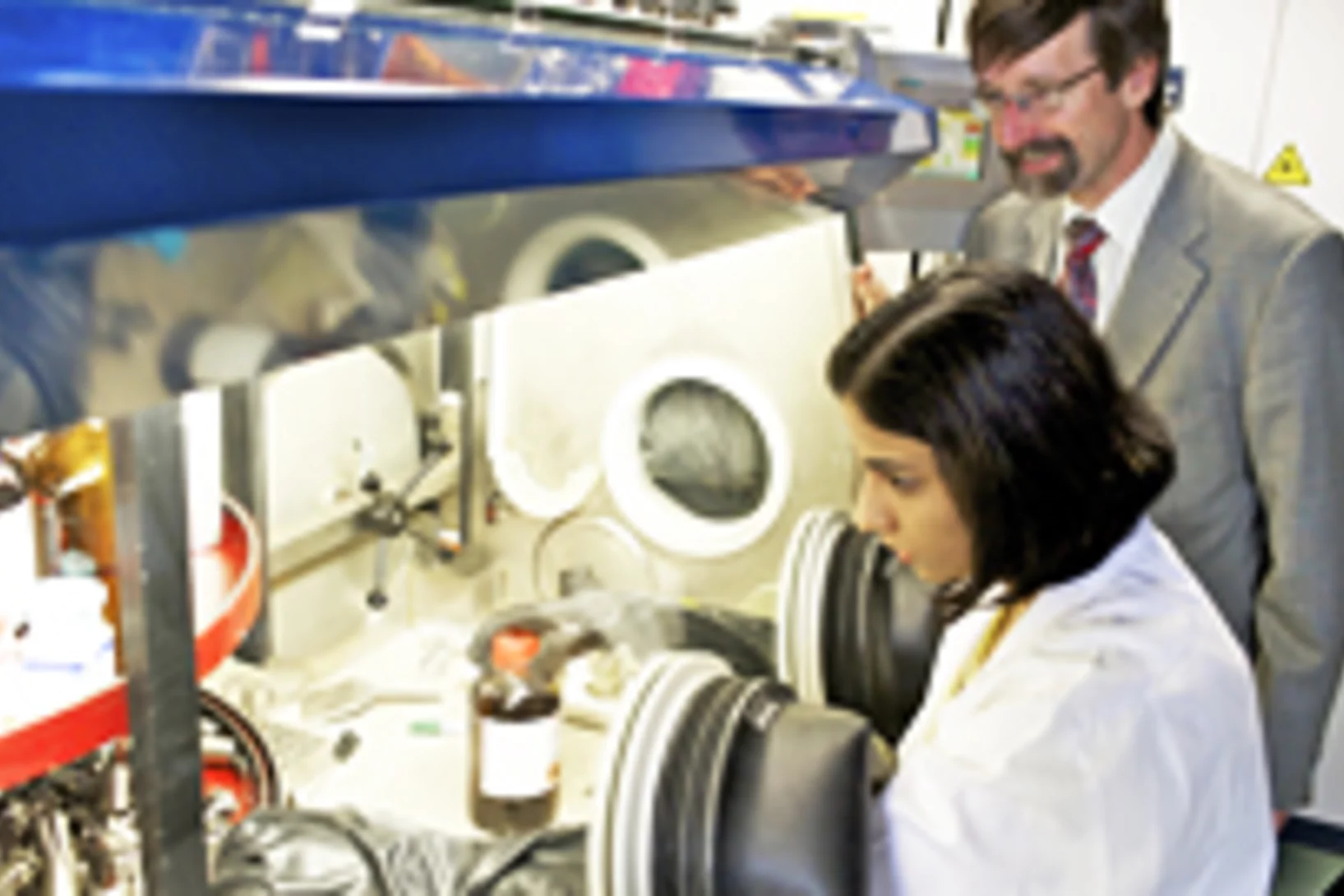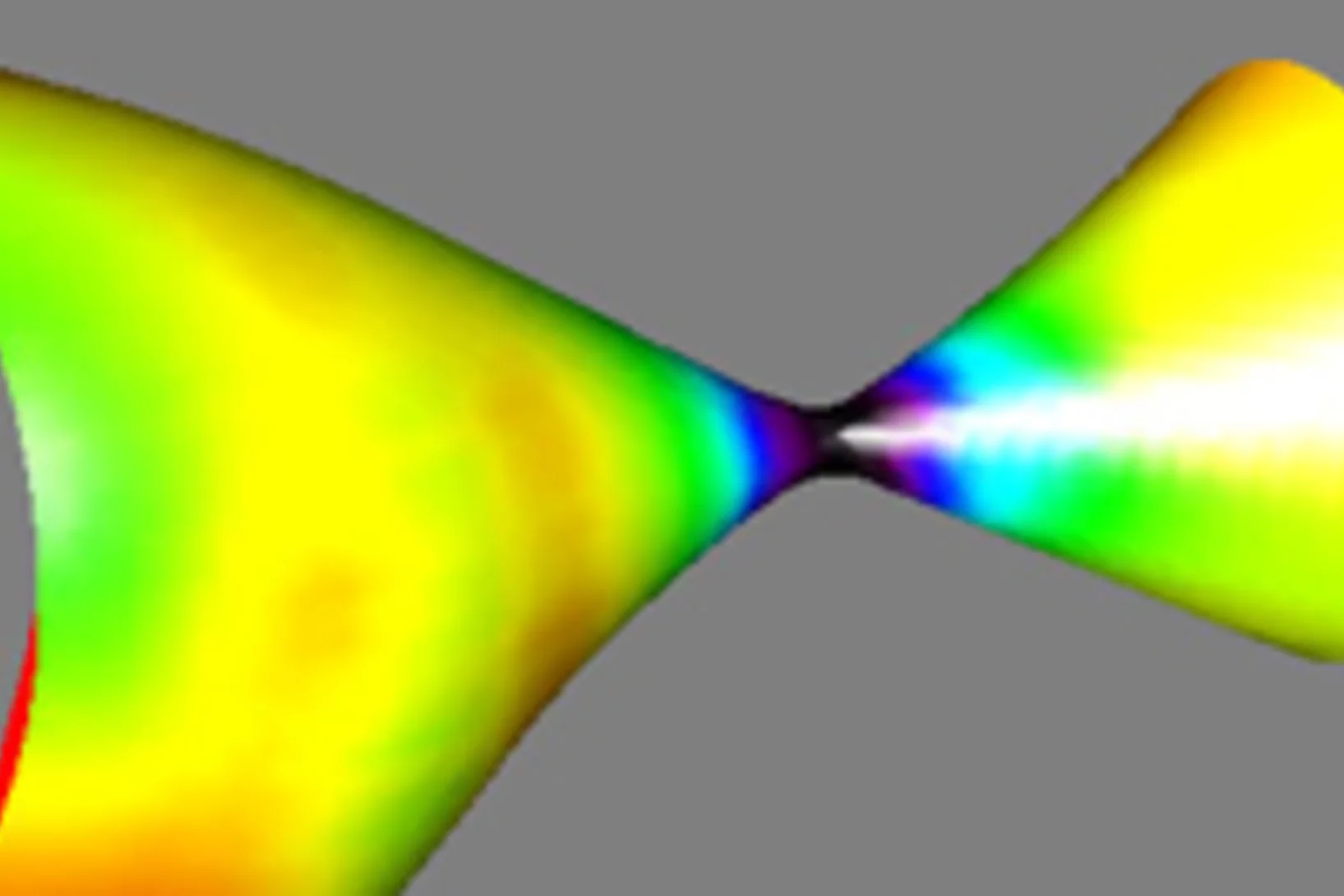Abandon de l’énergie nucléaire, développement de l’énergie solaire et éolienne, production d’énergie à partir de la biomasse, réduction de la consommation d’énergie. D’ici 2050, la Suisse doit atteindre la neutralité climatique. Un objectif ambitieux, rendu plus urgent que jamais par une situation géopolitique de plus en plus difficile. Comment faire pour mettre en place ces prochaines années un approvisionnement énergétique durable et résistant pour la Suisse? Comment les énergies renouvelables peuvent-elles être utilisées de manière optimale? Quelles sont les nouvelles technologies les plus prometteuses? Au PSI, des chercheurs s’efforcent de trouver des réponses à ces questions décisives.
The electron torus can help us to understand high-temperature superconductors
Paul Scherrer Institute researchers prove, for the first time, the existence of toroidal currents in solids
Golden Idea Award der IDEE-SUISSE an Aldo Steinfeld
Für seine Arbeiten zur Erzeugung von Syngas aus Kohlendioxid und Wasser mithilfe konzentrierter Sonnenenergie erhält Aldo Steinfeld, Leiter des Labors für Solartechnik am Paul Scherrer Institut und Professor für Erneuerbare Energieträger an der ETH Zürich, den Golden Idea Award der IDEE-SUISSE, der Schweizerischen Gesellschaft für Ideen- und Innovationsmanagement. Syngas ist eine Vorstufe verschiedener flüssiger Treibstoffe.Cette actualité n'existe qu'en allemand.
Des chercheurs ont décrypté les structures fondamentales de la vision
L’interaction entre la lumière et la protéine rhodopsine se situe au début du processus de la vision. Cette protéine contient le véritable capteur de lumière, qui est stimulé de manière à changer de forme et à activer ainsi le reste du processus. Des chercheurs ont déterminé la structure de la molécule de rhodopsine dans cet état d’excitation de courte durée et ont ainsi fourni un tableau précis de la première étape du processus de la vision.
PSI-Feriencamp 2011
Suchen Sie für Ihr Kind ein spannendes Angebot während den Sommerferien? Möchten Sie in ihm die Neugier und Begeisterung für naturwissenschaftlich-technische Themen wecken? Die Berufsbildung und das Komitee für Chancengleichheit führt dieses Jahr zum achten Mal das PSI-Feriencamp durch!
Russ lässt Himalaya-Gletscher schneller schmelzen
Forschende des Paul Scherrer Instituts haben zusammen mit Kollegen aus China und den USA gezeigt, dass die Klimaerwärmung nicht alleine für die Gletscherschmelze im Himalaya verantwortlich ist. Auch Russ, der auf dem Gletscher abgelagert wird, trägt dazu bei. Der Russ entsteht, wenn Öl oder Holz verbrannt werden; Wind transportiert ihn dann in den Himalaya.Cette actualité n'existe qu'en allemand.
The role of long-lived reactive oxygen intermediates in the reaction of ozone with aerosol particles
The heterogeneous reactions of ozone with aerosol particles are of central importance to air quality. They are studied extensively, but the molecular mechanisms and kinetics remain unresolved. Based on new experimental data and calculations, we show that long-lived reactive oxygen intermediates (ROIs) are formed. The chemical lifetime of these intermediates exceeds 100 seconds, which is much longer than the surface residence time of molecular ozone (~ ns).
Recent increase in black carbon concentrations from a Mt. Everest ice core spanning 1860–2000 AD
A Mt. Everest ice core spanning 1860à2000 AD and analyzed at high resolution for black carbon (BC) using a Single Particle Soot Photometer demonstrates strong seasonality, with peak concentrations during the winter‐spring, and low concentrations during the summer monsoon season. BC concentrations from 1975à2000 relative to 1860à1975 have increased approximately threefold, indicating that BC from anthropogenic sources is being transported to high elevation regions of the Himalaya.
Sur la piste du mystère de la formation des centrioles
Les cellules humaines contiennent des unités fonctionnelles appelées centrioles qui jouent un rôle important dans la division cellulaire. Une équipe de chercheurs de l’institut Paul Scherrer PSI et de l’EPF Lausanne, a pour la première fois établi un modèle moléculaire pour la formation des centrioles. Le découverte surprend: La symétrie d’ordre neuf découlait de la capacité d’une seule protéine à s’organiser elle-même.
Quelle est la force de la force faible ?
Une nouvelle mesure de la durée de vie du muon à qui est la détermination la plus précise de la durée de vie dans le monde des particules élémentaires à donne une valeur de haute précision d’un paramètre capital pour déterminer l’intensité de la force nucléaire faible. Les expériences ont été menées sur les accélérateurs de l’Institut Paul Scherrer par une équipe de recherche internationale.
Die Nanomaschinen des Lebens verstehen
Ribosomen sind die Proteinfabriken der lebenden Zellen à und selbst auch hochkomplexe Biomoleküle. Eine französische Forschungsgruppe hat nun erstmals die Struktur von Ribosomen in eukaryotischen Zellen bestimmt, also in komplexen Zellen, die über einen Zellkern verfügen. Ein wesentlicher Teil der Experimente wurde an der Synchrotron Lichtquelle Schweiz SLS des Paul Scherrer Instituts durchgeführt.Cette actualité n'existe qu'en anglais et allemand.
LaAlO3 - Buckling under pressure to hand over the charges
In this paper, we report on the change in the atomic structure of the conducting interface between the insulators LaAlO3 and SrTiO3 as a function of the LaAlO3 layer thickness. We discovered that the atoms at the interface buckle in an attempt to counteract the internal electric field produced when these two insulators touch one another.
Observation of a ubiquitous three-dimensional superconducting gap function in optimally doped Ba0.6K0.4Fe2As2
The iron-pnictide superconductors have a layered structureformed by stacks of FeAs planes from which the superconductivity originates. Given the multiband and quasi three-dimensional1 (3D) electronic structure of these high-temperature superconductors, knowledge of the quasi-3D superconducting (SC) gap is essential for understanding the superconducting mechanism.
Potenzial einer kostengünstigen Brennstoffzelle für Autos aufgezeigt
L’Institut Paul Scherrer PSI et Belenos Clean Power SA ont développé un système de pile à combustible potentiellement intégrable de manière économique dans une petite voiture, afin que le coût calculé sur l’ensemble de la durée de vie soit pratiquement équivalent à celui d’un véhicule classique. Pour cette étape importante en direction d’une mobilité écologique, le PSI et Belenos reçoivent le Watt d’Or 2011.
Benzin aus Wasser, CO2 und Sonnenlicht
Einem Forschungsteam um Aldo Steinfeld ist es gelungen, mit Solarenergie aus Wasser und Kohlendioxid Treibstoff zu erzeugen. Dazu haben die Wissenschaftler einen Solar-Reaktor entwickelt, in dem konzentrierte Sonnenstrahlung das dafür nötige thermochemische Verfahren antreibt.Cette actualité n'existe qu'en allemand.
Enregistrer et traiter des données sur la même puce
Des chercheurs ont réussi à influencer avec des champs électriques des électrons polarisés magnétiquement. Cette importante découverte pourrait permettre d’utiliser les propriétés des électrons dans une puce d’ordinateur afin de traiter et d’enregistrer en même temps des données. A l’avenir, cela pourrait rendre possible le développement d’appareils électroniques considérablement plus économiques et légers.
Röntgenpreis for X-Ray research goes to Christian David
On 26th November 2010, Christian David, scientist at the Laboratory for Micro and Nanotechnology, received the Röntgenpreis for research in radiation science. David pioneered a method to enhance the quality of X-ray images. He received the award jointly with Franz Pfeiffer from Technische Universität München who worked closely together with him.
The award
Magnetisierte Bereiche in 3D sichtbar gemacht
Magnetisierbare Materialien sind nie völlig unmagnetisch, sondern enthalten immer magnetisierte Bereiche à die magnetischen Domänen. In einem Experiment am Helmholtz-Zentrum Berlin (HZB) konnten diese Domänen erstmals in ihrer dreidimensionalen Struktur abgebildet werden. Der Versuch beruhte auf einer Weiterentwicklung eines am Paul Scherrer Institut entstanden Verfahrens und nutzte neutronenoptische Komponenten, die am PSI hergestellt worden sind.Cette actualité n'existe qu'en allemand.
Effizienter Gentransfer nun auch in Säugerzellen möglich
Wissenschaftler am Paul Scherrer Institut entwickelten ein neues Verfahren, das auch zur Entwicklung von neuen Medikamenten genutzt werden kann.Die Gentechnik ist aus der modernen Biologie nicht mehr wegzudenken. Sie liefert Werkzeuge, mit denen Forscher Gene aus dem Erbgut von Zellen herausschneiden, verändern und einfügen können. Die stabile Einführung mehrerer Gene in Säugetierzellen gilt zwar als Schlüsseltechnologie, die verfügbaren Methoden waren bislang aber äusserst ineffizient. Wissenschaftler am PSI haben nun eine neuartige Technik entwickelt.Cette actualité n'existe qu'en allemand.
Was der Satz vom Igel über Flussschläuche in Supraleitern sagt
In einem starken Magnetfeld bilden Hochtemperatursupraleiter Flussschläuche à dünne Kanäle, in denen das Feld den Supraleiter durchdringen kann. Diese parallelen Schläuche ordnen sich meist in regelmässigen Mustern an. Nun haben zwei Physiker gezeigt, dass eine solche Anordnung von der Richtung des äusseren Magnetfelds abhängen muss. Grundlage dieser Ergebnisse ist eine mathematische Aussage, die als Satz vom Igel bekannt ist.Cette actualité n'existe qu'en anglais et allemand.
Direct Determination of Large Spin-Torque Nonadiabaticity in Vortex Core Dynamics
We use a pump-probe photoemission electron microscopy technique to image the displacement of
vortex cores in Permalloy discs due to the spin-torque effect during current pulse injection. Exploiting the
distinctly different symmetries of the spin torques and the Oersted-field torque with respect to the vortex
spin structure we determine the torques unambiguously, and we quantify the amplitude of the strongly
Les monopôles magnétiques en mouvement
Depuis des décennies, les scientifiques mènent des recherches sur les monopôles magnétiques, c’est-à-dire des charges magnétiques distinctes qui pourraient se déplacer de manière isolée à la manière de charges électriques. Une équipe de chercheurs de l’Institut Paul Scherrer et de l’University College de Dublin est parvenue à créer des monopôles sous la forme de quasi-particules dans une disposition d’aimants de la taille du nanomètre et à observer directement leur mouvement.
Moving Monopoles Caught on Camera - researchers make visible the movement of monopoles in an assembly of nanomagnets
For decades, researchers have been searching for magnetic monopoles; isolated magnetic charges, which can move around freely in the same way as electrical charges – since magnetic poles normally only occur in pairs.
25 Jahre erfolgreiche Behandlung von Augentumoren am PSI
Heute haben die Physiker und Ärzte des PSI diesen Erfolg mit einem Festsymposium gefeiert. In Anwesenheit von geladenen Gästen aus Forschung, Medizin und Politik wurde dabei auch die brandneue Behandlungsanlage OPTIS 2 eingeweiht. Diese Bestrahlungseinrichtung befindet sich nicht nur technisch auf dem allerneusten Stand, sondern überzeugt auch durch ihre Patientenfreundlichkeit.Cette actualité n'existe qu'en allemand.
Fortschritt für die Knochen-Forschung
Hochauflösendes Verfahren zur Nano-Computertomographie entwickeltEin neuartiges Nano-Tomographie-Verfahren, das von einem Team der TU München, des Paul Scherrer Instituts (PSI) und der ETH Zürich entwickelt wurde, erlaubt erstmals computertomographische Untersuchungen feinster Strukturen mit einer Auflösung im Nanometerbereich. Mit Hilfe der neuen Methode können etwa dreidimensionale Innenansichten fragiler Knochenstrukturen erstellt werden.Cette actualité n'existe qu'en anglais et allemand.
High-resolution method for computed nano-tomography developed
A novel nano-tomography method developed by a team of researchers from the Technische Universität München (TUM), the Paul Scherrer Institute (PSI) and the ETH Zurich opens the door to computed tomography examinations of minute structures at nanometer resolutions. The new method makes possible, for example, three-dimensional internal imaging of fragile bone structures. The first nano-CT images generated with this procedure was published in the renowned journal Nature on September 23, 2010.
Les batteries du futur dureront plus longtemps
Le swisselectric research award 2010 a été décerné au chimiste Andreas Hintennach, dont les recherches pourraient bientôt permettre aux batteries lithium-ion de durer beaucoup plus longtemps. Le stockage de l’électricité sera ainsi plus écologique et moins cher.
L'Institut Paul Scherrer reçoit la visite de hautes personalités du monde politique et économique.
La pièce maîtresse de la nouvelle grande installation de recherche SwissFEL a été mise en marche aujourd’hui comme prévu à l’Institut Paul Scherrer. Invité d’honneur, le Conseiller fédéral Didier Burkhalter a appuyé sur le bouton rouge, permettant à l’installation de produire le premier faisceau d'électrons.
Neue Karriere für lebenswichtiges Biomolekül möglich
Porphyrin, das als Teil des Hämoglobins den Sauerstofftransport im Blut möglich macht, könnte in leicht veränderter Form auch in technischen Geräten Verwendung finden. Forschende des Paul Scherrer Instituts PSI und der Universität Basel haben gezeigt, dass sich eine magnetische Eigenschaft des Moleküls chemisch ein- und ausschalten lässt, so dass dieses als winziger Schalter dienen könnte.Cette actualité n'existe qu'en anglais et allemand.
Gemeinsam forschen für bessere Batterien
Die Speicherung von elektrischer Energie ist eine der zentralen Fragen der Energiezukunft. Neue Batterietypen zu entwickeln, die mehr Energie speichern können als die heute verfügbaren, ist das Ziel eines Forschungsnetzwerks, das der weltweit grösste Chemiekonzern BASF gemeinsam mit dem Paul Scherrer Institut PSI und Forschungseinrichtungen aus Deutschland und Israel gegründet hat.Cette actualité n'existe qu'en allemand.
Universelles Gesetz für Veränderungen in Werkstoffen gefunden
In vielen wichtigen Werkstoffen findet man mehrere Phasen. Wird ein solcher Werkstoff erwärmt, können Atome von der einen Phase zur anderen wandern, so dass sich die Verteilung der Phasen ändert à und damit oft die Eigenschaften des Werkstoffs. Nun haben Forschende für einen wichtigen Fall einer solchen Veränderung gezeigt, dass es eine universelle Gesetzmässigkeit gibt, die den Vorgang beschreibt. Und zwar für alle Werkstoffklassen.Cette actualité n'existe qu'en anglais et allemand.

